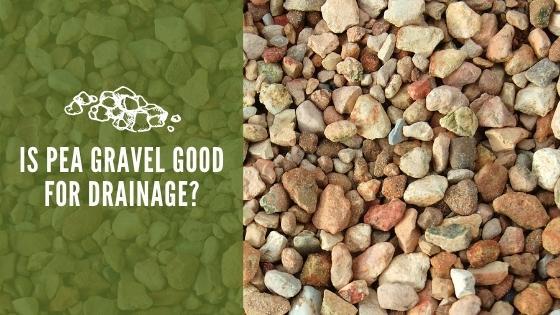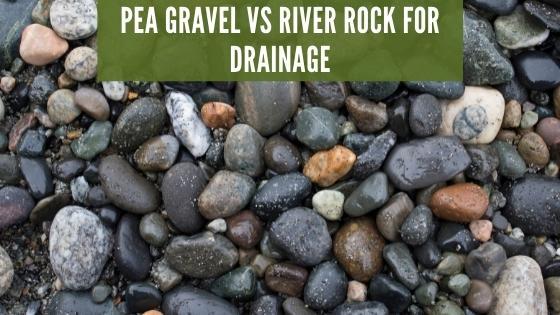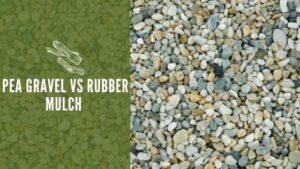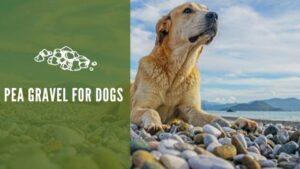Is Pea Gravel Good for Drainage?

When it comes to landscaping, you have many choices of gravel and stone. Each of them has different drainage characteristics and will influence the types of plants you can grow and how well they will thrive. Let’s explore pea gravel and some of the more common types of stone that you might find.
Will Water Drain Through Pea Gravel?
Pea gravel is a popular landscape choice because of its natural looks. It is popular for placing under irrigation systems, drainage pipes, or French drains. Pea gravel is also popular for edging around ponds or other landscape features.
When choosing pea gravel, one thing to consider is that it comes in many sizes. Pea gravel is round and smooth, so it does not lock in place as easily as other types of crushed stone. However, its small size does mean that it can compact over time. When choosing pea gravel for an area where drainage is the most important property, selecting pea gravel that contains larger stones will provide the best result.
One solution many homeowners choose is to place a larger type of stone underneath and then pea gravel on top for aesthetics. Pea gravel is easy to smooth and comes in various colors and sizes. It also tends to stay in place.
What Gravel Is Best for Drainage?
When it comes to which gravel is best for drainage, you have many choices. One of them is a combination of sand, dirt, and crushed stone. This is often used as a base layer for asphalt or driveways. You can find this material with gray gravel, concrete, recycled bricks, limestone, or bits of blacktop mixed in. Most of the stones are about the size of a golf ball, but they are not the best material for a top layer.
Another choice is what is known as base, or #3 gravel. This type of gravel has pieces that range between one and two inches across or bigger. It is typically used under drainage pipes because of its superior drainage properties. One thing to consider is that this type of gravel has sharp edges and may not be pleasant to walk on for people or pets.
Base gravel has better drainage than pea gravel, but it is not aesthetically pleasing. This type of gravel is an excellent choice for a bottom layer, but you might want to place pea gravel on top. You have many choices for top layers, including pea gravel, an inexpensive solution with a natural look. Pink quartz is a little more expensive but adds beautiful pink color to the landscape.
Crushed stone can have pieces from 3/8-inch to four inches across in the same batch. Compared to pea gravel, this type of material offers worse drainage because it has small stones and rock dust that tend to compact. It is an excellent choice when you want a solid surface on the bottom, but it does not have the excellent drainage properties of other choices.
Pea Gravel vs River Rock for Drainage
Pea gravel and river rock are both similar in that they are smooth and round. One of the main differences is that river rock is not of uniform size and is not screened for consistency. River rock is smooth or semi-polished from water erosion.

One difference between river rock and pea gravel is that river rock tends to not stay in place as well as other choices. One solution is to edge river rock with another type of stone to keep it in place.
Many people tend to confuse river rock and gravel because they look similar, but there are some major differences when it comes to landscaping material. River rock tends to be slightly larger than pea gravel, and many people choose to use it as a middle layer with pea gravel on top.
This is only a sampling of the many types of stone that you have to choose from in your landscaping design. Many people make the mistake of thinking that they are interchangeable, but this is not the case, especially when it comes to drainage.
Pea gravel has better drainage properties than some, but not as good as others, like base gravel. Many people use pea gravel as a top layer and a base layer that has either more stability or better drainage on the bottom. This combination provides excellent drainage for landscape beds or wet areas of the yard.





